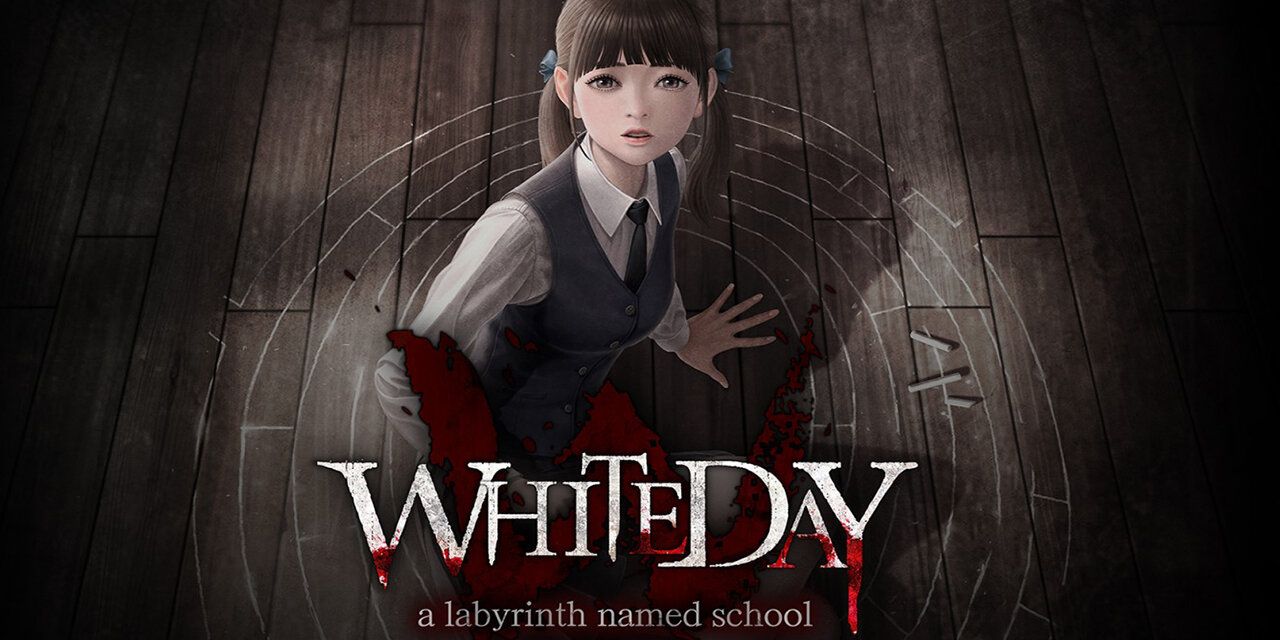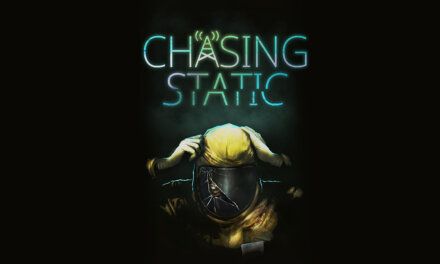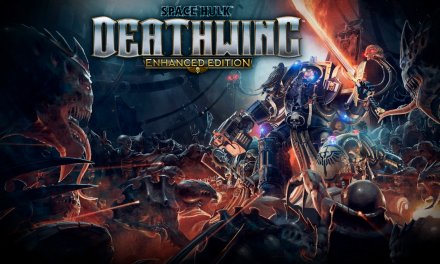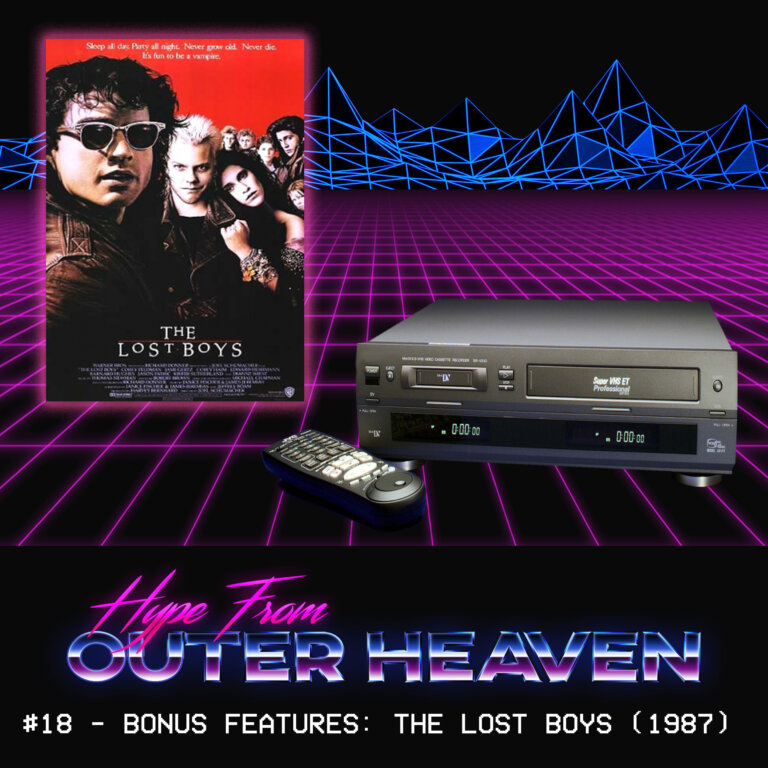“School’s out for summer…”
Hailing from Seongnam-si in South Korea, is indie developer: Sonnori (ROI Games) and their first foray into the next-gen circuit with White Day: A Labyrinth Named School, a remake of the 2001 PC survival horror title of the same name. Featuring backtracking, item management & jump scares in reckless quantities, White Day strives to stand against it’s contemporaries while simultaneously holding it’s own identity. The remake was originally released for mobile back in 2015, getting a subsequent release on PS4/Xbox One in 2017, with the current gen port (PS5 / Xbox Series S/X) dropping on September 8th 2022; featuring over 30 costumes that were previously only available as DLC. As always, I’ll be highlighting both the good and the bad points of the game, ultimately discussing whether it’s worth your time and money the £24.99 asking price (UK Xbox/Microsoft Store).
I’ve said it before, and I’ll more than likely say it again, but Asian horror is leaps and bounds above its Western competitors. Drawing on the psychological, Asian horror plays more into creating unease and atmosphere by prolonging the tension, usually to the point where the scares do present themselves, they’re all the more terrifying as a result. Korean horror in particular has generated some of the creepiest movies and tv shows on the market in recent years (Na Hong-jin’s The Wailing (2016) standing out as a personal favourite) with Hwang Dong-hyuk’s Squid Game (2021) being one of the most prolific examples, exploding in popularity when Netflix first aired the show in September last year. The artistic stylings of Asian horror transcend that of film, lending itself to other forms of entertainment, with one of the most notable being video games. Productions like Forbidden Siren (2003) as well as the various horror franchises (that draw from psychological horror) that have come from notable Japanese studios (I will forever be a fanboy of Team Silent and their work on Silent Hill 2; I spoke at length regarding my love for the game here) have stood the test of time as some of the most terrifying, white-knuckle affairs on the market, something that their western counterparts have tried to mimic and failed miserably at (for the most part).
With this (somewhat) in mind, enters White Day: A Labyrinth Named School, a remake of the 2001 survival horror game of the same name, recently re-released for the current generation of systems by South Korean developer: Sonnori (also known as ROI Games). White Day places you in the shoes of a mute, transfer student (and wannabe K-Pop star) Hee-Min Lee, who develops an infatuation with a popular girl known as: Han So-Young and buys chocolates to present to her on White Day (East Asian tradition of a follow up to Valentines Day in March; think of the western Steak and a BJ day for comparison) however before he can, he discovers that she loses her diary, and with Hee-Min being the white knight that he is (impressive for a mute) decides it’s now his mission to return it to her. Venturing into his old, eerie-looking school (which was used as a field hospital during the Korean war) at night, and with Hee-Min being the smoothbrain he appears to be, is completely unaware of the eerie forces that lurks within. From the get go, White Day has all the familiar trappings of both its geographical setting and horror foundations laid out by it’s forefathers stuffed inside its lunchbox; however, aside from some atypical tropes of the genre, the game doesn’t bear it’s fangs nearly often enough, which results in quite possibly the worst outcome of any horror game; the fact the game just isn’t scary at all.
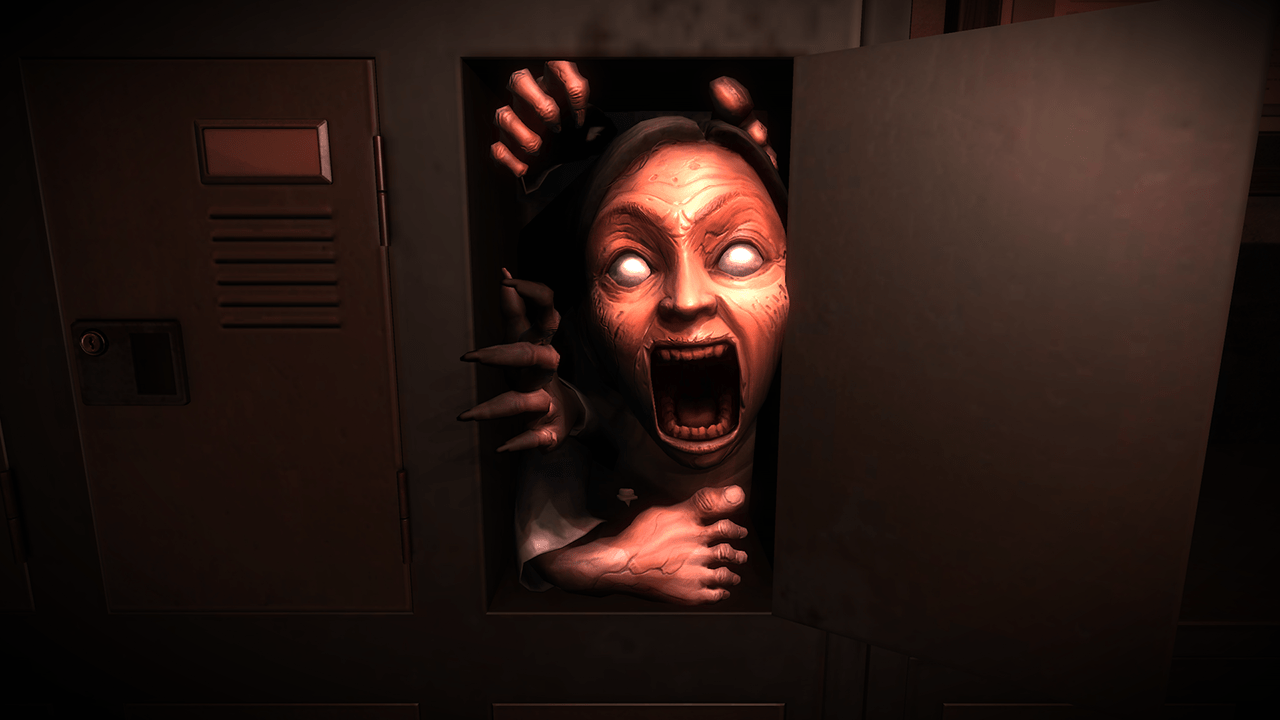
From a gameplay perspective, White Day plays very close to an early Resident Evil game, featuring cryptic puzzles (usually involving keys) backtracking, item management etc. (all of which are gameplay mechanics typically found in survival horror) situated within the tight confines of a school with multiple wings and floors, not too unlike the Spencer Estate from Resident Evil (1996). The cat and mouse gameplay is by far the game’s biggest mechanic, as while Hee-Min is exploring the halls of Yeondu High School he soon comes across the schools janitors (who seem to have taken up seal clubbing as an after-work hobby) who will chase him down and beat him to a pulp if they catch up (he’s fast for a guy with a gimpy leg). While this style of gameplay is tried and tested, the one thing that usually makes it terrifying is the unpredictability of the hunter (see Alien: Isolation for how this is done to perfection) which is something that White Day flat out does not do. The Janitors are nothing more than an annoyance as they chase after you with eagle-like precision; after experiencing them for more than 30 minutes, and with a half-baked stealth system in place to try and avoid them, it can make the game an absolute slog to get through at certain points, especially so with puzzles that require you to move around the janitors in order to progress. One area that could have had the potential to be scary is the ghost story collectibles, which students of the school share, trade and collect with each other. These collectibles bleed into the game, adding exposition by way of notes throughout the school that detail the demise of certain students & teachers and how they now haunt the halls they perished in; unfortunately, they boil down to nothing more than cheap jump scares that do nothing to heighten tension or tighten atmosphere. There is the caveat that the game is meant to get spookier with increased ghost interactions if you increase the game’s difficulty and collect more of the individual stories, but the emphasis on exploration to make the game scarier seems a bit of a hard sell, where it would have been better implemented by having all of the ghosts active throughout the game, with exploration rewarding exposition as to why the ghosts are there, rather than unlock them for future use.
Another gripe I had with the game was the emphasis on cryptic puzzles, several of which require understanding of another language to complete, which makes it damn-near impossible without some form of walkthrough. I’m all for challenging puzzles that require the use of the ol’ grey matter, but requiring knowledge of Chinese/Kanji is a difficult sell for 95% of the non-native population, and is something that could have been corrected during the localisation phase for different regions of the game’s development. In terms of story & narrative, the game offers multiple endings based on conversation choices with certain characters, but it doesn’t affect the overall plot by a large degree. The narrative itself isn’t anything to write home about, but definitely gets more interesting if you take the time to explore and take in what the game’s documentation is telling you. The voice acting can be a bit over-acted at times, but is perfectly fine for the most part; the game also does have a bit of a habit with reusing environments, and while the levels of near photo-realism are nice, the game can look a bit flat overall as the colour palette is very muted. In terms of character models, the game shines, opting for an anime-esque art style that pulls the package together from an artistic standpoint. Performance is a targeted 60fps on the Series S, opting for a 1440p resolution and remains solid for the most part, dipping slightly during cutscenes but otherwise it holds up.
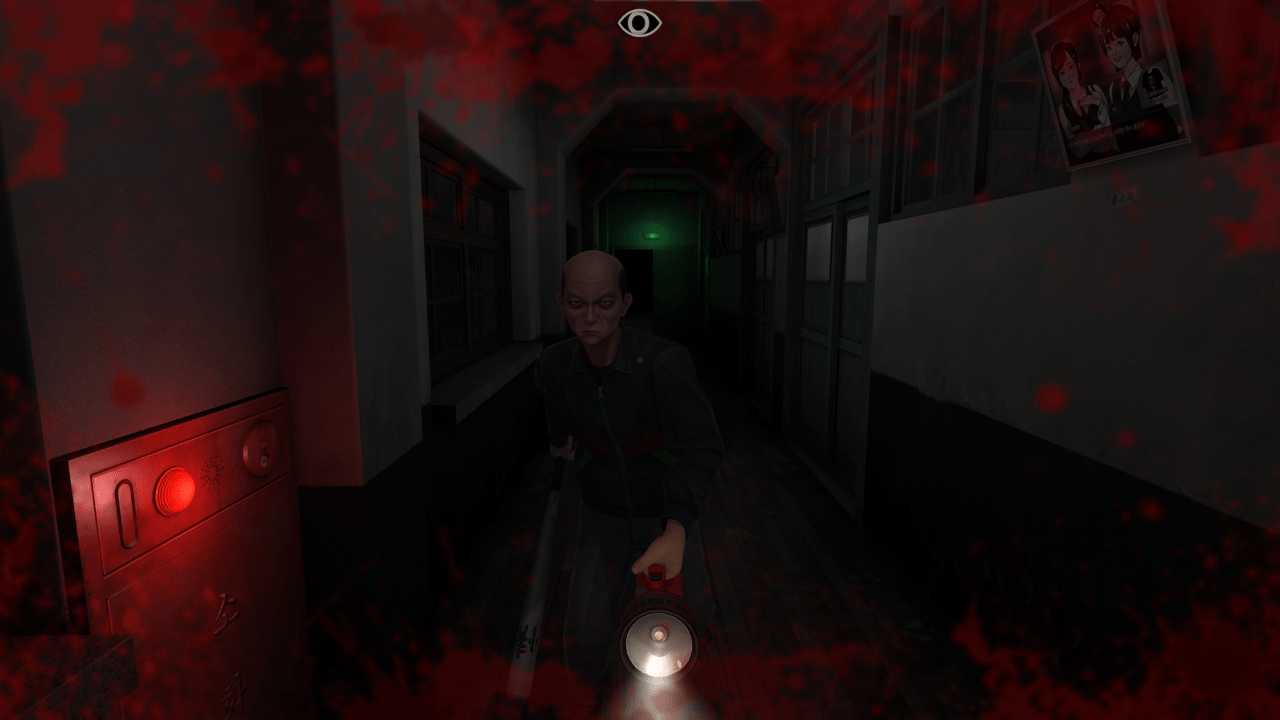
Having never played the original, I can attest that this review is based on the current product and not the fact that the game is a visual remake of a 21-year-old PC game, so while the mechanics and gameplay leave a lot to be desired, one has to remember that this would have been ahead of it’s time in 2001. While I’m personally not a fan of White Day: A Labyrinth Named School, I get the feeling that the game was more intended for fans of the original game, as it does have a fairly substantial cult following. For £24.99 I would personally give this one a miss, unless you’re a die-hard fan of the original, as the whole package is a short-lived affair that fails to put any significant scares on the table, which is arguably the worst thing a horror game can do.
An Xbox Series S/X review code was provided by PQube.

